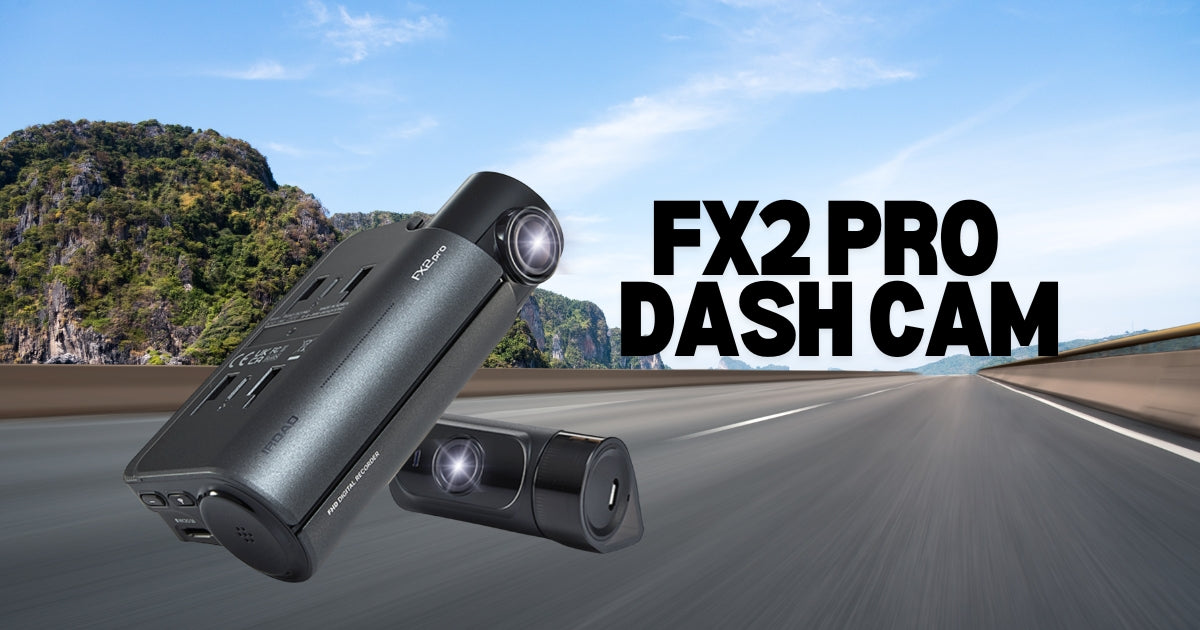Capture real-time footage of road incidents, scenic drives, and everyday commutes. Choosing the right dash camera for your vehicle involves understanding the key features and functionalities that meet your specific needs. Here’s a guide to help you navigate the essentials of selecting the perfect dash cam.
1. Video Quality
Why It Matters: The primary purpose of a dashcam is to record clear and detailed footage. High-quality video resolution ensures that critical details, such as license plates, road signs, and the faces of drivers and passengers, are captured accurately.
What to Look For:
- Resolution: Aim for at least 1080p Full HD. Higher resolutions like 1440p or 4K provide even more detail but can be more expensive and require more storage space.
- Frame Rate: A vehicle dash camera with higher frame rate (30 fps or above) ensures smoother video playback, which can be crucial for capturing fast-moving scenes.
2. Field of View (FOV)
Why It Matters: A wider field of view allows the camera to capture more of the road, providing a comprehensive view of the surroundings.
What to Look For:
-
Angle: A dash cameras for car field of view between 120 to 180 degrees is ideal. Too narrow may miss important details, while too wide can distort the image.

3. Low-Light Performance
Why It Matters: Good low-light performance ensures that the dash cam captures clear footage at night or in poor lighting conditions.
What to Look For:
- Night Vision: Look for dash cameras for vehicles with infrared or low-light sensors that enhance night-time recording.
- Aperture: A wider aperture (e.g., f/1.8) allows more light to enter the camera for car dash, improving performance in low-light conditions.
4. Storage and Loop Recording
Why It Matters: Continuous recording is essential for capturing all events without running out of storage space.
What to Look For:
- Loop Recording: This dash cam car camera feature automatically overwrites the oldest footage when the memory card is full, ensuring continuous recording.
- Storage Capacity: Check the maximum supported microSD card size. Larger cards (64GB or more) are better for longer recording periods.
5. GPS Integration
Why It Matters: GPS functionality records the location and speed of your vehicle, which can be vital information in case of an accident or dispute.
What to Look For:
- Built-In GPS: Some auto dash cam come with built-in GPS, while others require an external GPS module.
6. Additional Features
Why They Matter: Additional features can enhance the functionality and convenience of the dash cam.
What to Look For:
- G-Sensor: Detects sudden movements or impacts and automatically saves the footage, protecting it from being overwritten.
- Parking Mode: Records footage dash camera for vehicles when your car is parked and detects motion or impacts, providing security when you’re not around.
- Wi-Fi Connectivity: Allows you to easily transfer footage to your smartphone or computer without removing the memory card.
- Voice Control: Enables hands-free operation for safer driving.
7. Installation and Design
Why It Matters: A car camera dash that is easy to install and discreet can provide better usability and aesthetics.
What to Look For:
- Mounting Options: Suction cup mounts are easy to install and move, while adhesive mounts are more stable.
- Size and Shape: Compact and low-profile designs are less obtrusive and easier to conceal.
8. Budget Considerations
Why It Matters: car in dash camera come in a range of prices, so it's important to balance cost with the features you need.
What to Look For:
- Entry-Level: Basic models with essential features like 1080p and loop recording.
- Mid-Range: Additional features like GPS, Wi-Fi, and better video quality.
- High-End: Premium models with 4K resolution, advanced night vision, and additional functionalities.
Conclusion
Choosing the right cam dash car for your vehicle involves understanding your specific needs and balancing features with your budget. Prioritize video quality, field of view, low-light performance, and storage capabilities to ensure you capture clear and reliable footage.
